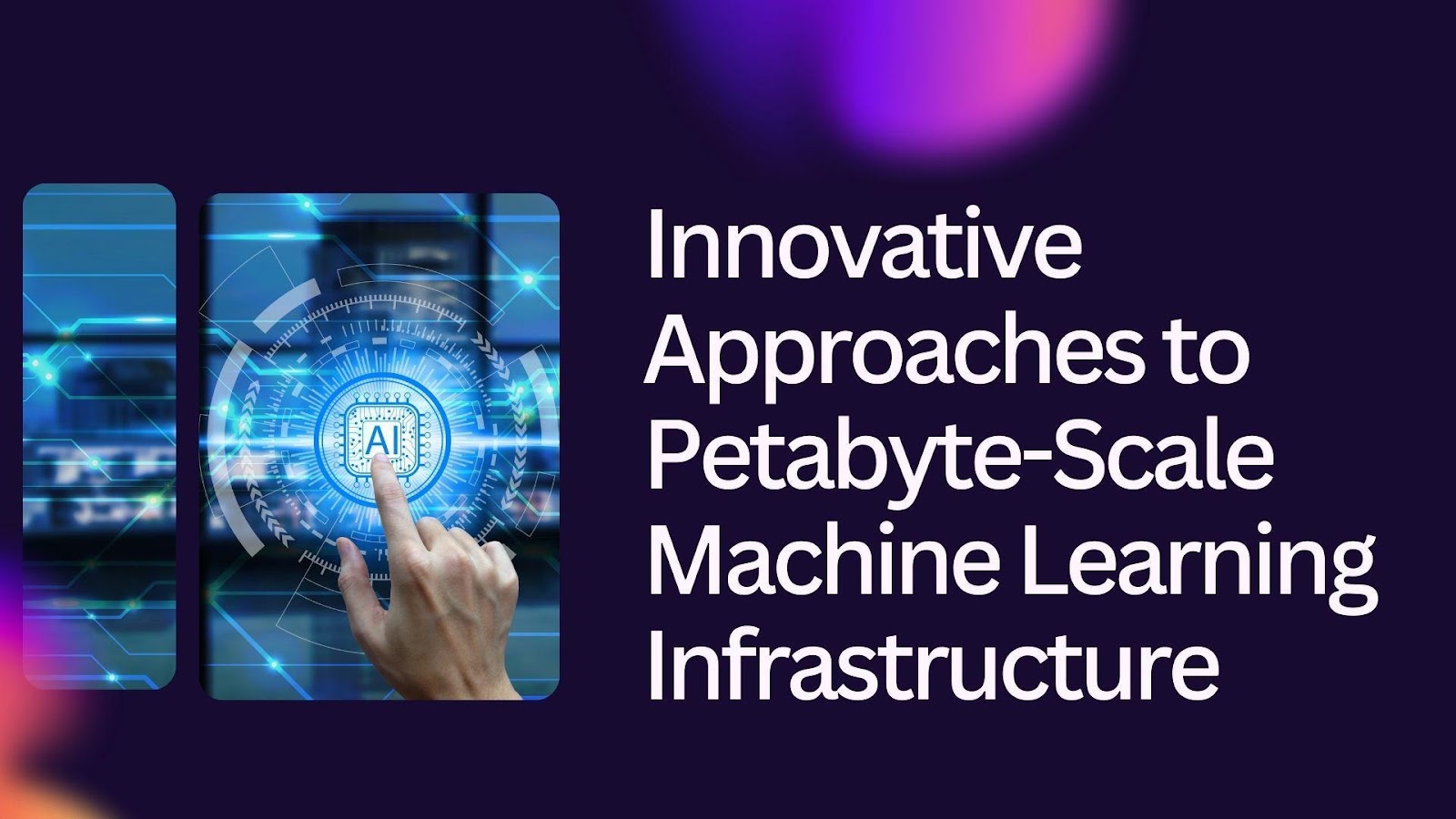Share Share Share Share Email In the digital era, Srinivasa Sunil Chippada , a technical expert, explores cutting-edge architectural patterns in machine learning infrastructure designed to handle petabyte-scale data processing. His work delves into optimizing distributed processing, resource management, and cloud-native transitions, offering invaluable insights for the future of ML infrastructure . The Shift to Cloud-Native Architectures The evolution from traditional on-premise systems to cloud-native frameworks marks a major transformation in machine learning infrastructure.
Cloud-based architectures enable greater scalability, faster processing speeds, and improved resource allocation, effectively eliminating the limitations of static hardware. This shift has resulted in increased operational efficiency, reducing security incident response times by 76% and boosting overall system performance by 83%. Leveraging Serverless Computing for Efficiency Serverless computing has emerged as a crucial component in cloud-native ML processing.

By dynamically allocating resources based on demand, serverless architectures minimize costs and maximize performance. These implementations have been shown to process over a million requests per second while maintaining response times below 75 milliseconds, ultimately reducing infrastructure management expenses by up to 71%. Advancements in Container Orchestration Container orchestration technologies have revolutionized workload distribution in ML environments.
With deployment success rates reaching 99.99% and automated scaling reducing deployment times from hours to mere minutes, these advancements significantly enhance processing capabilities. This seamless orchestration ensures that ML applications remain robust, scalable, and resilient under fluctuating workloads.
The Power of Event-Driven Processing Event-driven architectures have redefined real-time data processing in machine learning. By efficiently handling up to 7-8 terabytes of streaming data per hour with near-perfect consistency, these architectures reduce latency by 79% and improve resource efficiency by 88%. Their ability to process vast amounts of data in real-time is crucial for applications such as anomaly detection and predictive analytics.
Handling Data Skew for Seamless Processing Data skew, a persistent challenge in distributed processing, has been effectively managed through modern partitioning techniques. By implementing adaptive partitioning, organizations can redistribute data within seconds, ensuring consistent processing performance even when dealing with highly skewed datasets. Enhancing Processing Pipelines with Advanced Optimization Processing pipeline optimization has become a cornerstone of modern ML architectures.
By leveraging stochastic gradient methods and dynamic batch size adjustments, organizations can process up to 6 petabytes of training data daily while maintaining nearly perfect reliability. These improvements have driven end-to-end efficiency gains of up to 3.5 times, ensuring smooth execution of complex workloads.
The Rise of Lake House Architectures Lake house architectures integrate the benefits of both traditional data warehouses and modern data lakes. This innovative design reduces data access latency by 78%, ensuring that vast datasets remain accessible and well-structured for training ML models. With the ability to support millions of concurrent training samples per second, lake house designs are reshaping data management in machine learning.
Polyglot Persistence for Diverse Data Needs Machine learning applications rely on various data formats, making polyglot persistence a necessity. By employing specialized storage solutions tailored to different data types, organizations have achieved a 3.2-fold improvement in processing efficiency while cutting storage costs by nearly half.
This approach enables seamless integration of structured, semi-structured, and unstructured data. Fault Tolerance and Reliability in Cloud-Based ML Ensuring system reliability in cloud-based ML infrastructure is a critical priority. Sophisticated fault tolerance mechanisms have enhanced availability rates to 99.
995%, even under high failure rates. Multi-level failure detection systems further improve response times, reducing mean time to detection from several minutes to under 45 seconds. Optimizing Cloud Migration Strategies As organizations transition from on-premise setups to cloud environments, structured migration strategies have proven essential.
These methodologies have led to a 94% success rate in migrations, reducing transition-related disruptions by 82%. Automated migration tools ensure data integrity while accelerating the process, enabling seamless cloud adoption without compromising operational stability. In conclusion,the innovations highlighted in Srinivasa Sunil Chippada’s work underscore the rapid advancements in machine learning infrastructure.
By adopting cloud-native architectures, optimizing resource allocation, and enhancing processing efficiency, organizations can build robust ML systems capable of handling petabyte-scale workloads. As machine learning continues to expand its reach, these architectural innovations will play a pivotal role in shaping the future of intelligent data processing. Related Items: machine learning , ML , Srinivasa Sunil Chippada Share Share Share Share Email Recommended for you Revolutionizing Healthcare: How AI and Machine Learning are Transforming Medicine Transforming Healthcare: The Power of Predictive Analytics and Machine Learning Optimizing Chip Design with Machine Learning-Driven Greedy Algorithms Comments.
Technology

Innovative Approaches to Petabyte-Scale Machine Learning Infrastructure

In the digital era, Srinivasa Sunil Chippada, a technical expert, explores cutting-edge architectural patterns in machine learning infrastructure designed to handle petabyte-scale data processing. His work delves into optimizing distributed processing, resource management, and cloud-native transitions, offering invaluable insights for the future of ML infrastructure. The Shift to Cloud-Native Architectures The evolution from traditional on-premise [...]The post Innovative Approaches to Petabyte-Scale Machine Learning Infrastructure appeared first on TechBullion.















